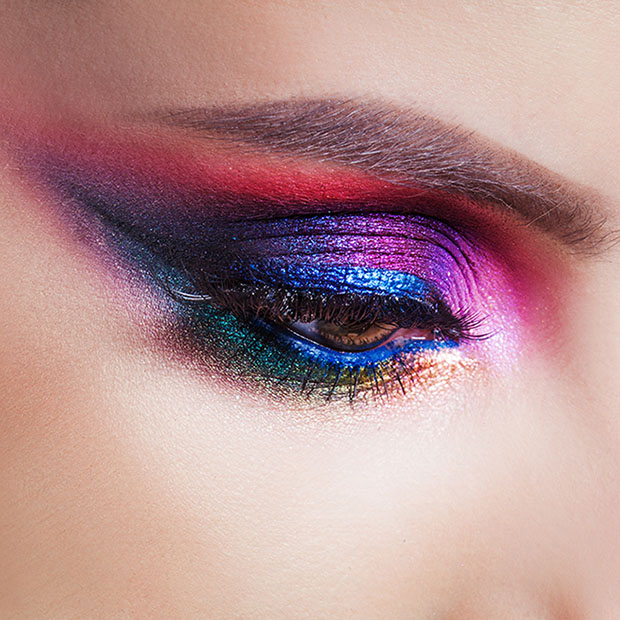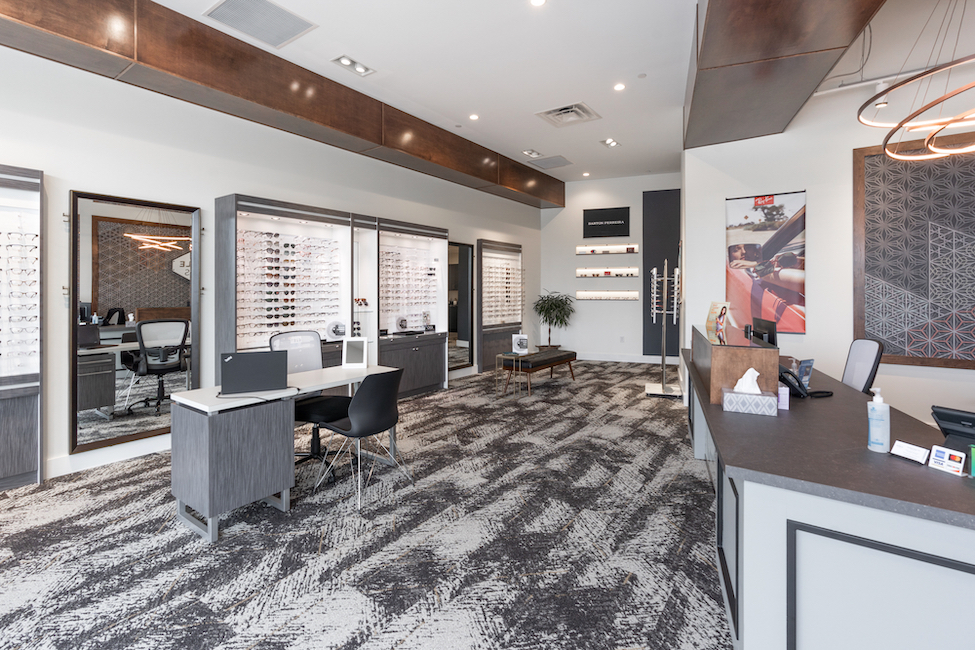Eye Makeup Comes With Risks

For many people, eye makeup is part of a daily routine.
Mascara, eyeliner, and eyeshadow can boost confidence and highlight features, but few stop to consider the risks these products pose to eye health. Because the eyes are delicate and vulnerable, it’s important to apply cosmetics with caution and be aware of potential hazards.
The Delicate Nature of the Eyes
The eyes aren’t just sensitive — they’re also highly susceptible to infection and irritation. Even products that are labeled safe for cosmetic use can introduce bacteria or cause allergic reactions. Since eye makeup is often applied very close to the waterline or lashes, it can interfere with natural tear production, block oil glands, or irritate the cornea. Over time, these problems can lead to dryness, redness, or more serious conditions.
Common Risks of Eye Makeup
One of the biggest concerns with eye makeup is bacterial contamination. Mascara tubes and eyeliner pencils can easily harbor germs, especially if they’ve been used for months. Sharing eye makeup with others multiplies this risk. Expired products are another hazard — cosmetics lose their integrity over time, making them more likely to cause irritation or infection. Glittery or metallic eye shadows may also flake into the eyes, leading to scratches or corneal abrasions.
Contact lens wearers face even higher risks. Particles from makeup can become trapped under the lenses, causing discomfort and increasing the chance of infection. Applying makeup to the inner eyelid, a common trend, can block the oil glands that help keep the eyes moist and protected.
Safe Makeup Practices
There’s no need to abandon eye makeup completely, but safe habits are essential. Here are some best practices:
- Replace mascara every three months to minimize bacterial buildup.
- Sharpen eyeliner pencils before use to remove bacteria on the surface.
- Avoid applying eyeliner or shadow to the inner rim of the eyelid.
- Remove all makeup before bed to give eyes time to rest and recover.
- Wash hands before applying or removing makeup to avoid transferring germs.
- Never share eye makeup products with others.
Following these steps helps reduce the risks while still allowing you to enjoy the benefits of cosmetic enhancement.
When to See an Eye Doctor
If you experience symptoms such as redness, swelling, itching, burning, excessive tearing, or discharge, it may be a sign of an eye infection. Stop using makeup immediately and schedule an appointment with your optometrist. Some infections clear up quickly with treatment, but others can threaten your long-term vision if left unchecked.
Healthy Eyes Come First
Eye makeup can be fun and expressive, but it should never come at the cost of your vision. By practicing safe habits, keeping products fresh, and listening to your eyes when irritation occurs, you can enjoy cosmetics without unnecessary risks.



